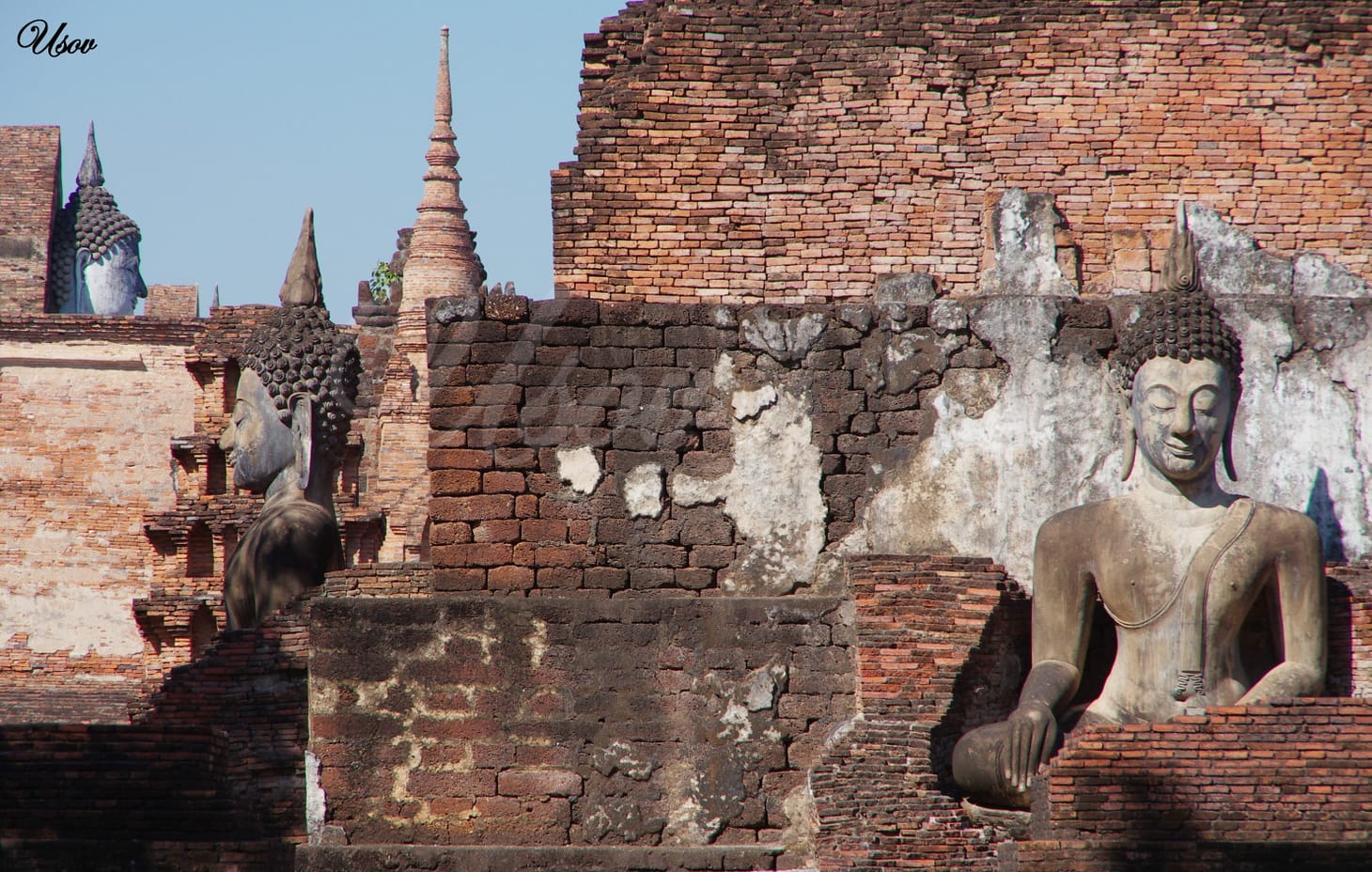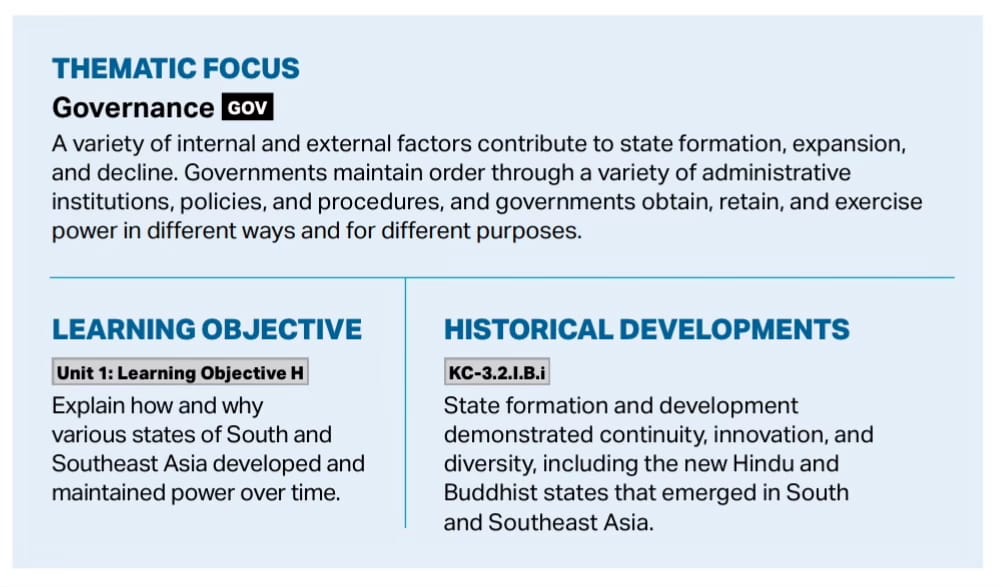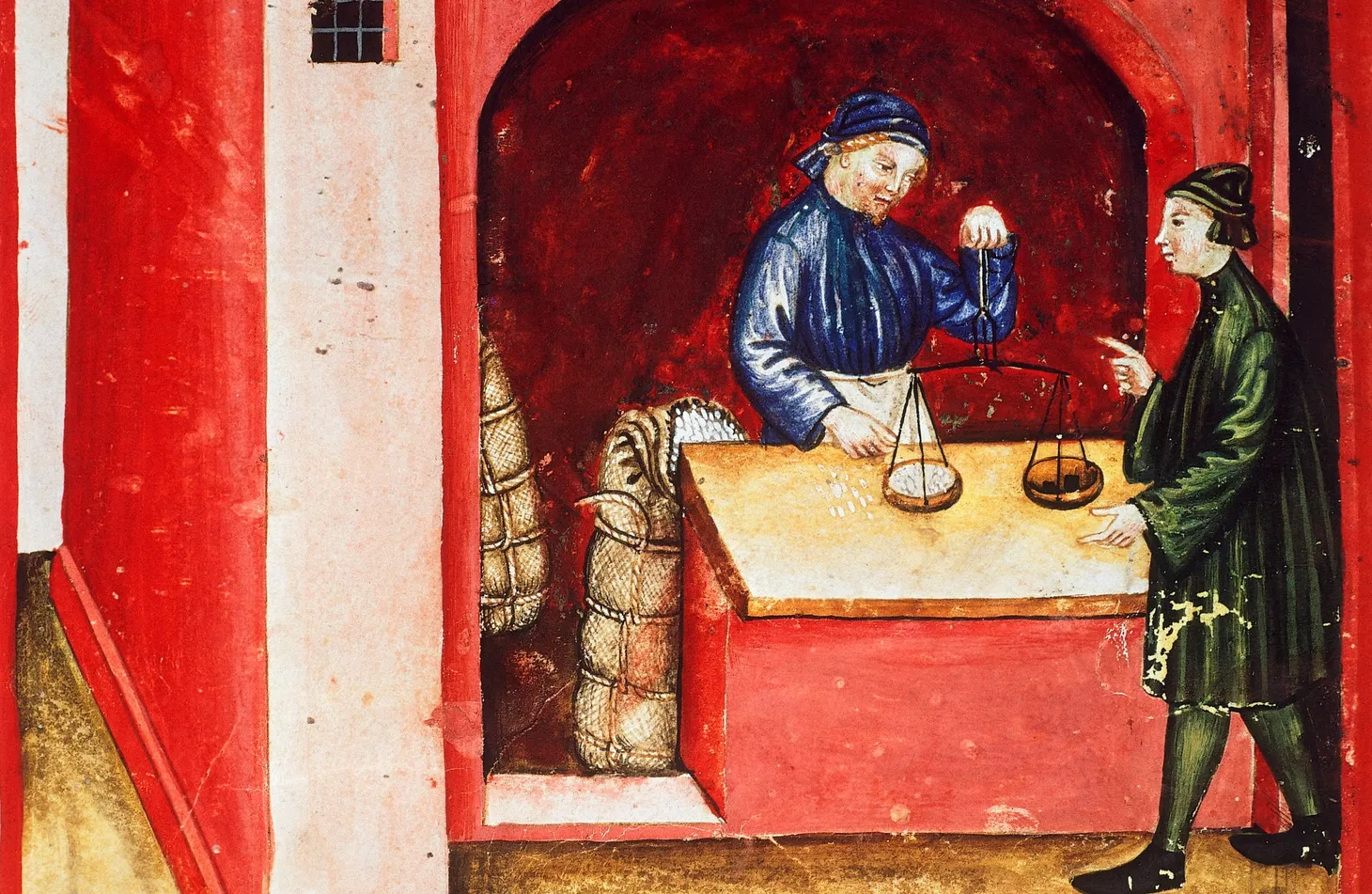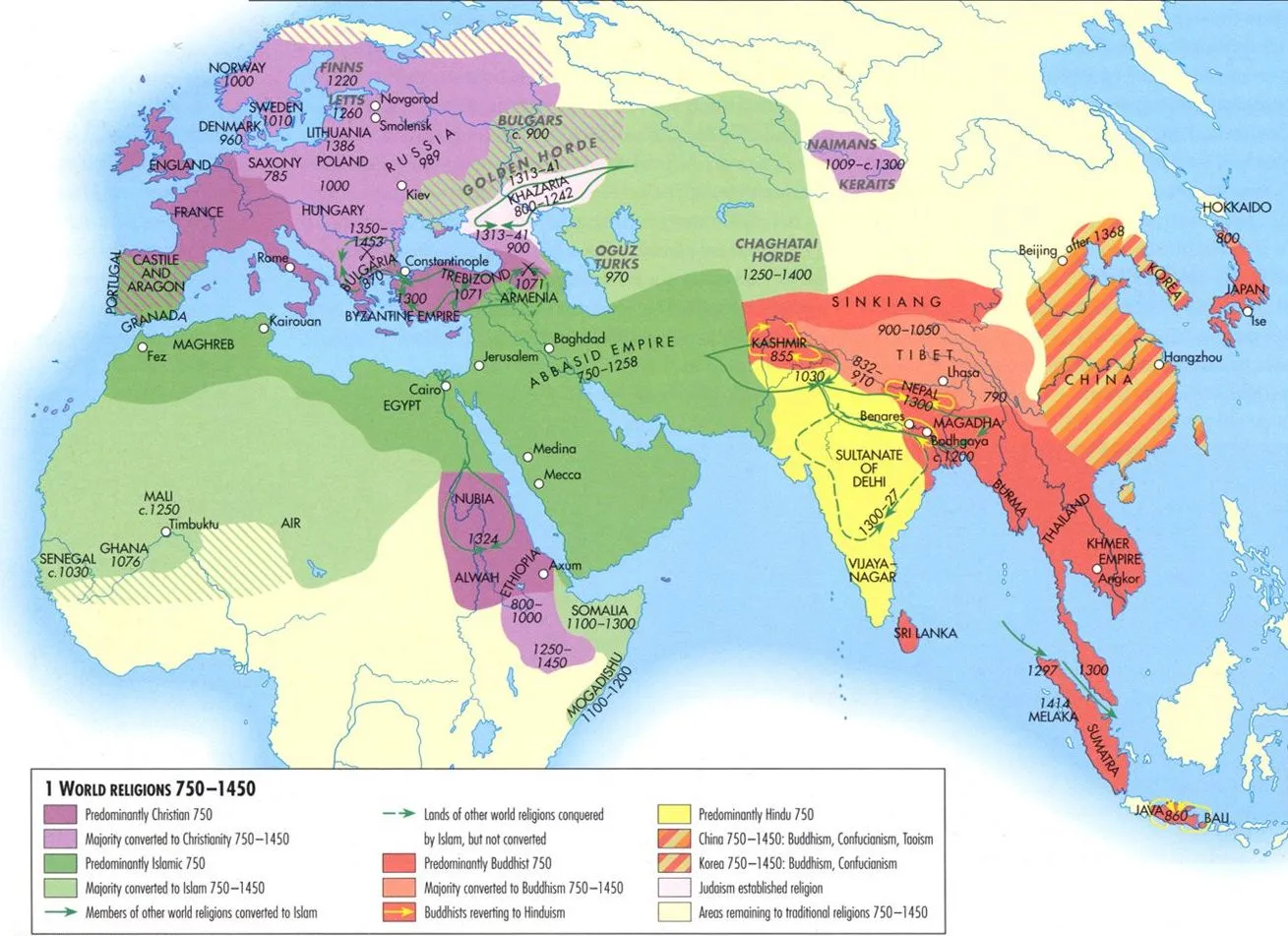“Practice the Religion of the Buddha”: State Formation in South and Southeast Asia, 1200 - 1450
Discussion of teaching the role of Buddhism in the Sukhothai Kingdom


Unlike East Asia, which was often dominated by a large Chinese dynasty, South and Southeast Asia were frequently fragmented politically. Kingdoms and empires rose and fell before 1500. Religions often influenced many of these states. One of the more unique sources for understanding the influence of religion on these states is the Ram Khamhaeng inscription from the late thirteenth century.
The Source
This Content is for Subscribers on the Buy Me Lunch and Buy Me Dinner tiers
SubscribeAlready have an account? Log in



